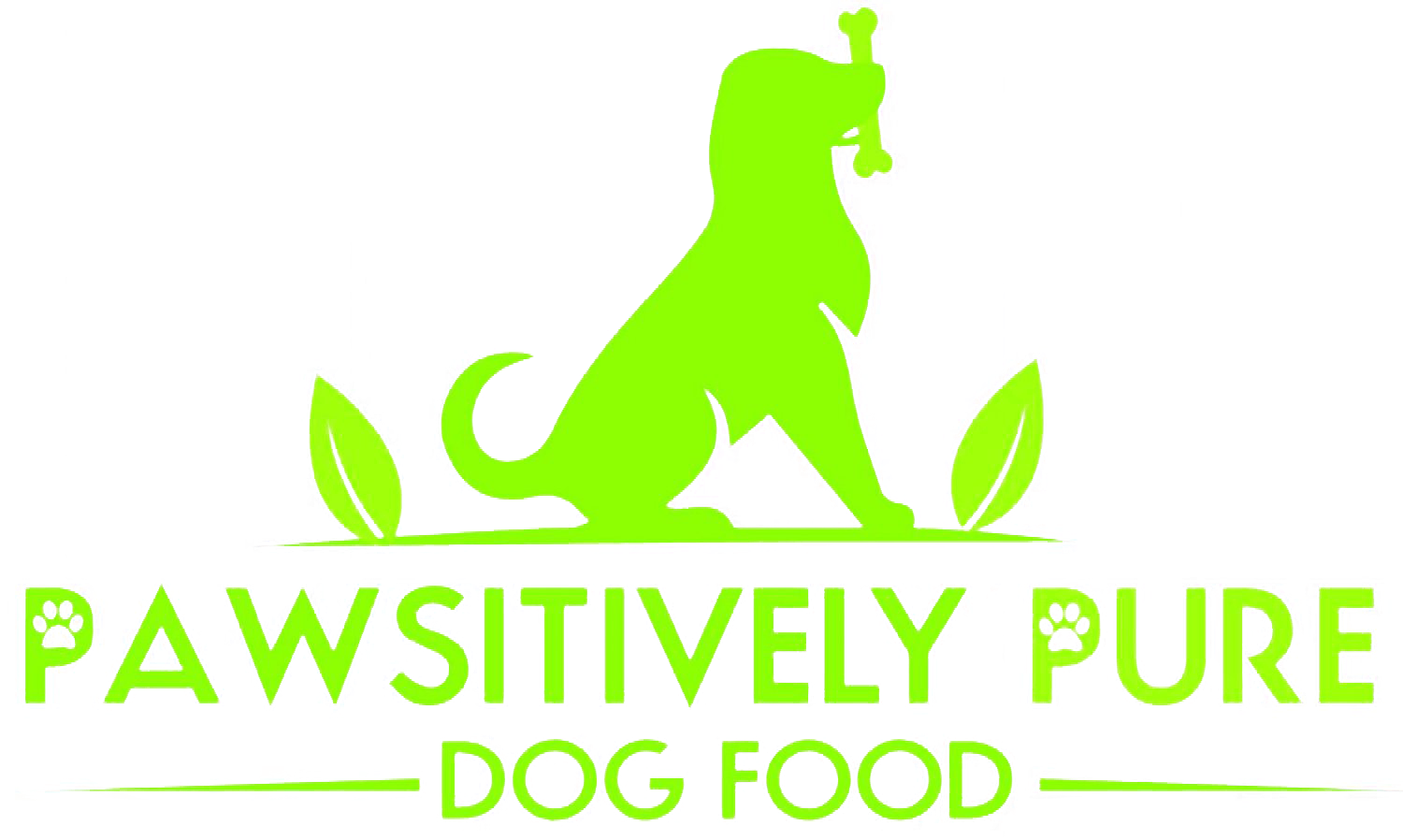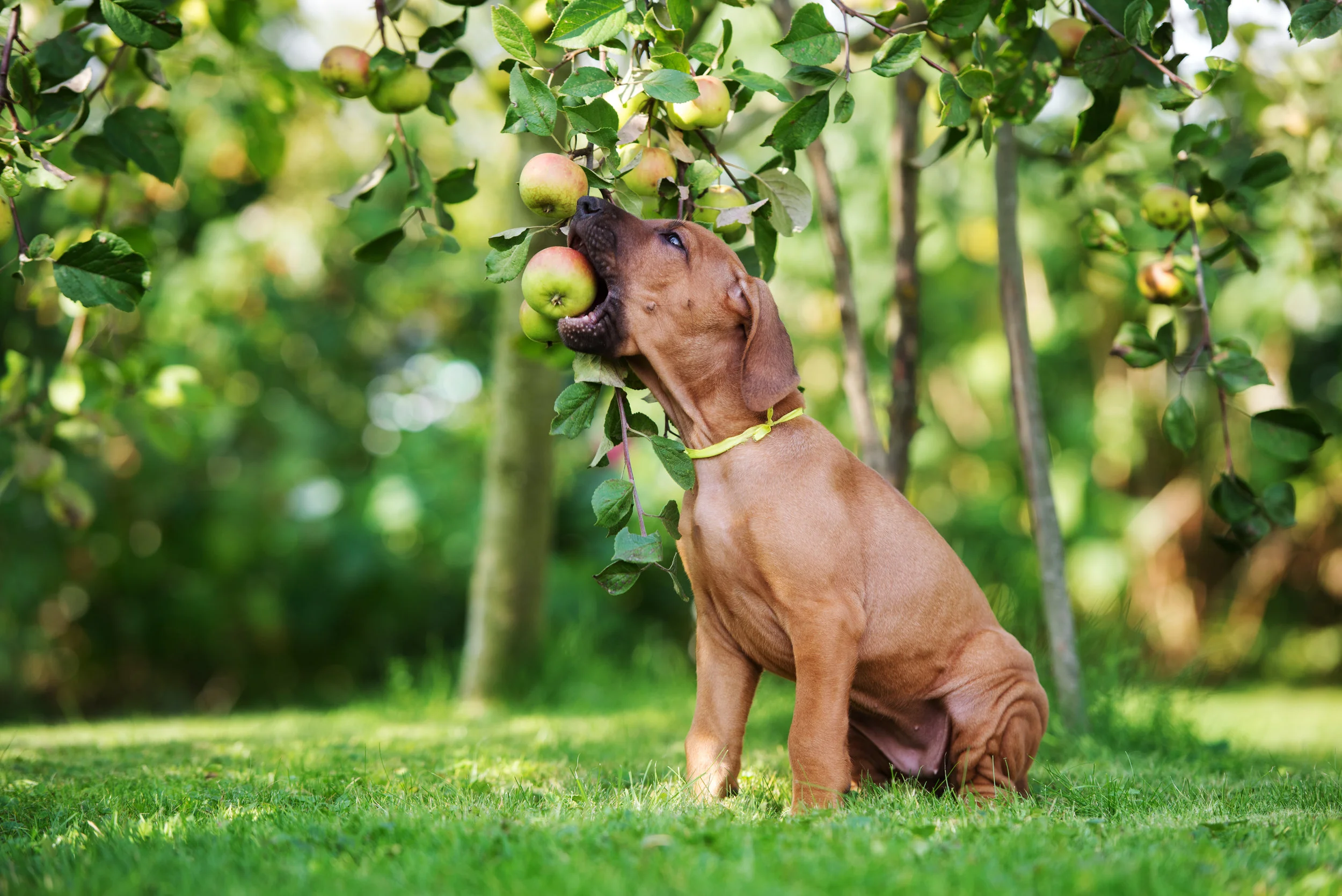“Eat your veggies” is a commonly uttered phrase at the dinner table, but is it one you should be uttering to your dog? As you know, our Beef & Vegetables, Chicken & Vegetables, and Turkey & Vegetables dog foods wouldn’t be the same without the vegetables. We use cooked carrots, green beans, and sweet potatoes in each of our wholesome and delicious dog food flavors. Today, we want to focus on carrots.
You and I know carrots as tasty orange root vegetables that are delicious and slightly sweet when raw or cooked. If your dog has a hankering for carrots too, there’s good news! Carrots safe for our furry friends and even offer a number of nutritional benefits, including:
Plenty of Vitamin A. Vitamin A is the nutrient in carrots that helps maintain our vision, and it offers the same benefits to dogs! Furthermore, vitamin A is essential for your dog’s skin, coat, muscles, and nerves, according to the National Animal Supplement Council. If your dog has a vitamin A deficiency, they note, they may become night blind, and/or have deteriorating quality of skin and coat.
Lots of potassium. Potassium is essential for maintaining a lot of your dog’s organ functions, including the heart, the kidneys, and the muscles. A dog lacking potassium in its diet may experience stomach issues, muscle cramps, irregular heartbeat, and general weakness and lack of energy.
Nutritional fiber. Fiber isn’t the most exciting nutrient to talk about, but we all know how important it is. Fiber helps keep your dog’s digestive system working smoothly, helping to prevent constipation and diarrhea. Keeping our dogs safe and comfortable is our top priority. Including fiber with an ingredient like carrots is a much healthier option than the “cellulose” you may see in commercial dog foods. Often, this ingredient is made from shredded paper.
We include responsibly-sourced carrots in our human-grade dog food as a great source of vitamin A, potassium, and fiber for your dog. We want you and your dog to live long, healthy lives together. For more healthy tips for you and your dog, be sure to follow us on Instagram. Shop for dog food, treats, and bone broth!





